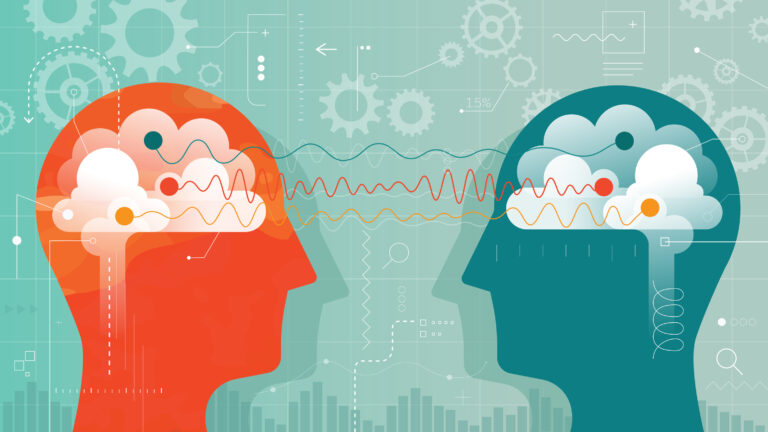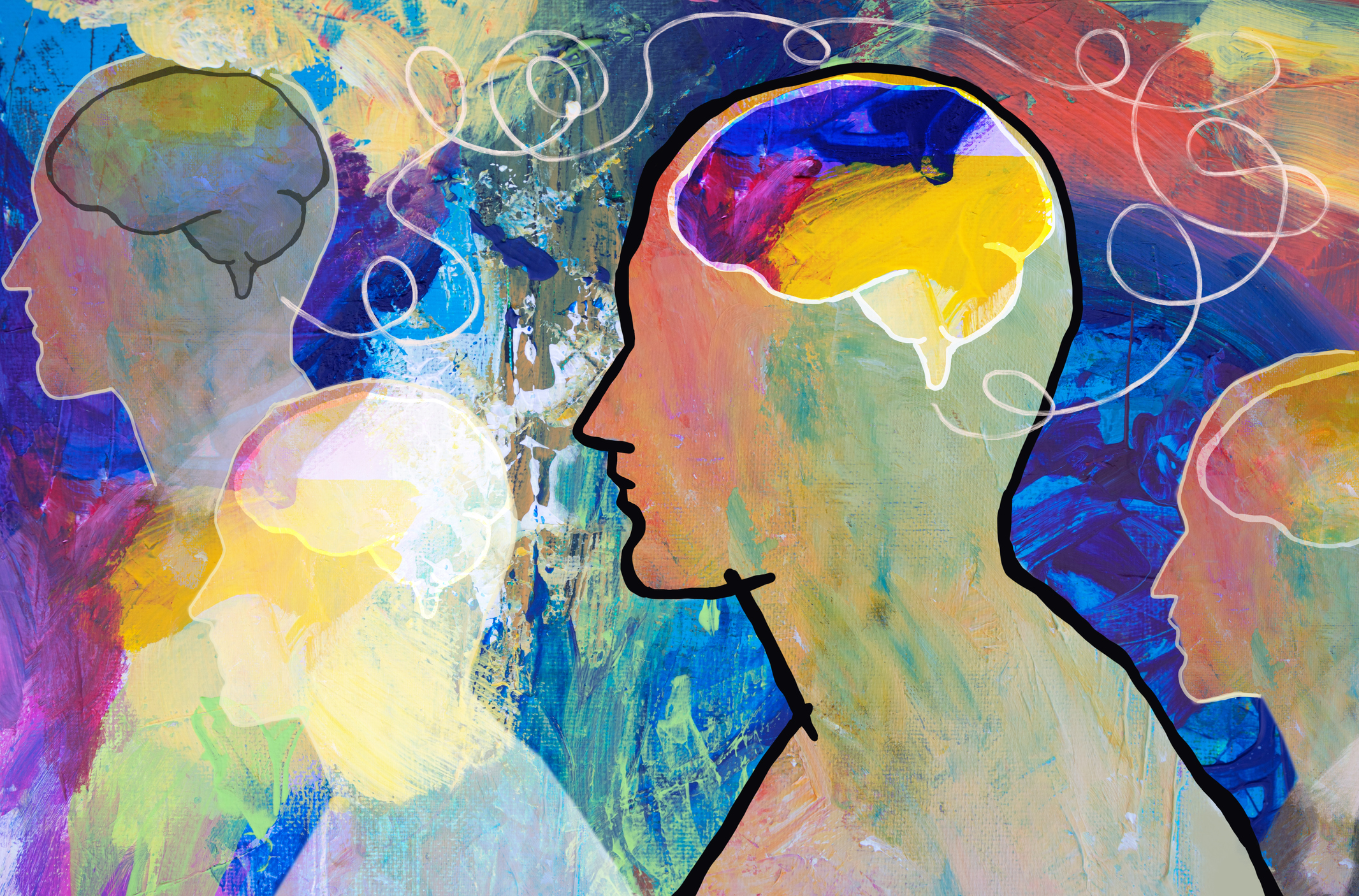Polyvagal Theory: Understanding the Nervous System’s Response to Stress and Trauma
In this article, we will delve into the fascinating world of polyvagal theory and explore how our nervous system responds to different states. We will examine the experiences of Sarah, a fictional character, to illustrate the three distinct states of the autonomic nervous system: ventral vagal, sympathetic, and dorsal vagal. We will also discuss the concept of neuroception and the importance of co-regulation in promoting healing and well-being. So, let’s dive in and explore the intricacies of polyvagal theory.
Understanding the Three States of the Autonomic Nervous System
The autonomic nervous system plays a crucial role in regulating our bodily functions and responses to external stimuli. Polyvagal theory proposes that our nervous system can move between three distinct states: ventral vagal, sympathetic, and dorsal vagal.
Ventral Vagal State: Safety and Connection
In the ventral vagal state, our nervous system is in a place of safety and connection. This state is characterised by a regulated heart rate, peacefulness, happiness, and engagement with the world. Sarah, our fictional character, experiences this state while driving to work with her husband, singing along to their favourite song.
Sympathetic State: Fight or Flight Response
When Sarah suddenly hears the sirens of a police car behind her, her nervous system shifts to the sympathetic state. Her heart rate increases, her breathing becomes shallow, and she feels anxious; adrenaline rushes through her body. The sympathetic state is associated with the fight or flight response, where the body prepares to either confront or flee from a perceived threat.
Dorsal Vagal State: Shutdown and Dissociation
Later in the day, when Sarah visits her mother, who has a history of bullying and abusing her, she enters the dorsal vagal state. In this state, her nervous system shuts down, and she experiences dissociation as a survival mechanism. She feels disconnected from the conversation and numb, and her energy levels are low. The dorsal vagal state is associated with a sense of danger and a lack of safety.
Neuroception: Unconscious Scanning for Danger and Safety
Polyvagal theory introduces the concept of neuroception, which refers to the unconscious scanning of our environment for cues of danger, safety, and threat. Whenever we meet someone, our nervous system automatically assesses whether they are safe or dangerous. This information is then used to regulate various bodily functions, such as heart rate, breathing, muscle tension, and pain tolerance.
Co-Regulation: The Importance of Connection for Well-Being
Co-regulation is a fundamental principle of polyvagal theory, emphasizing the need for connection with others to regulate our nervous system and promote well-being. Young children, for example, rely on their parents or caregivers for co-regulation, as they have limited capacity for self-regulation. Similarly, trauma survivors may get stuck in a sympathetic or dorsal vagal state and require a healing relationship to help them reclaim trust and safety.
Healing Trauma through Co-Regulation
Stephen Porges, the founder of polyvagal theory, talks about the experience of a young boy called David being physically abused and bullied as a child, which led to his nervous system being wired for threat and danger. Trauma interrupts the natural pattern of connection and replaces it with a pattern of protection. David’s prolonged and repeated traumas have shaped his nervous system, causing him to overestimate danger and struggle to interpret cues of safety and connection.
In therapy, David’s therapist offered cues of safety through validation, a calm tone, active listening, and an open body posture. By creating a safe therapeutic relationship, the therapist communicated to David’s nervous system that it was safe. This allows David to gradually find his way to safety and connection, promoting healing and regulation of his nervous system.
The Three Organising Principles of Polyvagal Theory
Polyvagal theory is built upon three organizing principles:
- Three-Tiered Hierarchy: The autonomic nervous system operates in a hierarchical manner, with the ventral vagal state at the top, followed by the sympathetic state, and the dorsal vagal state at the bottom.
- Neuroception: Our nervous system’s ability to assess signals of danger or safety in our environment. Neuroception influences our bodily functions and responses, shaping our experiences and behaviours.
- Co-Regulation: The need for an organising other to help us turn to a state of safety and connection. Co-regulation is essential for our physical and psychological well-being, as our nervous system relies on connection with others to regulate itself.
Conclusion
Polyvagal theory provides a neurophysiological framework for understanding how our nervous system responds to stress and trauma. By recognising the three states of the autonomic nervous system, the concept of neuroception, and the importance of co-regulation, we can gain insights into our automatic and unconscious responses. This understanding can guide therapeutic interventions and promote healing, allowing individuals like Sarah and David to reclaim a sense of safety, connection, and well-being.








